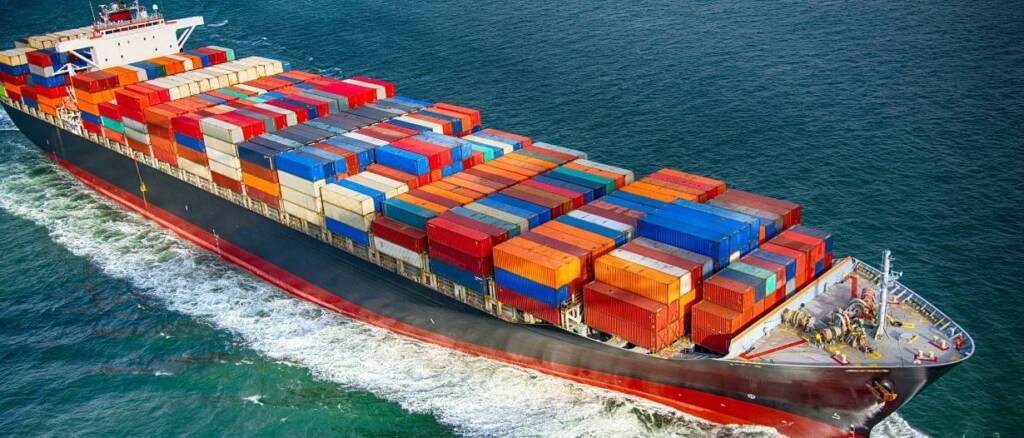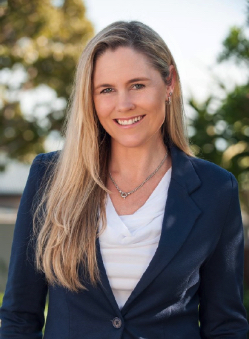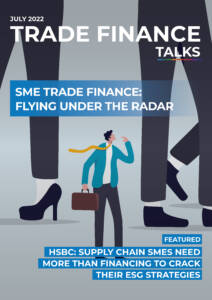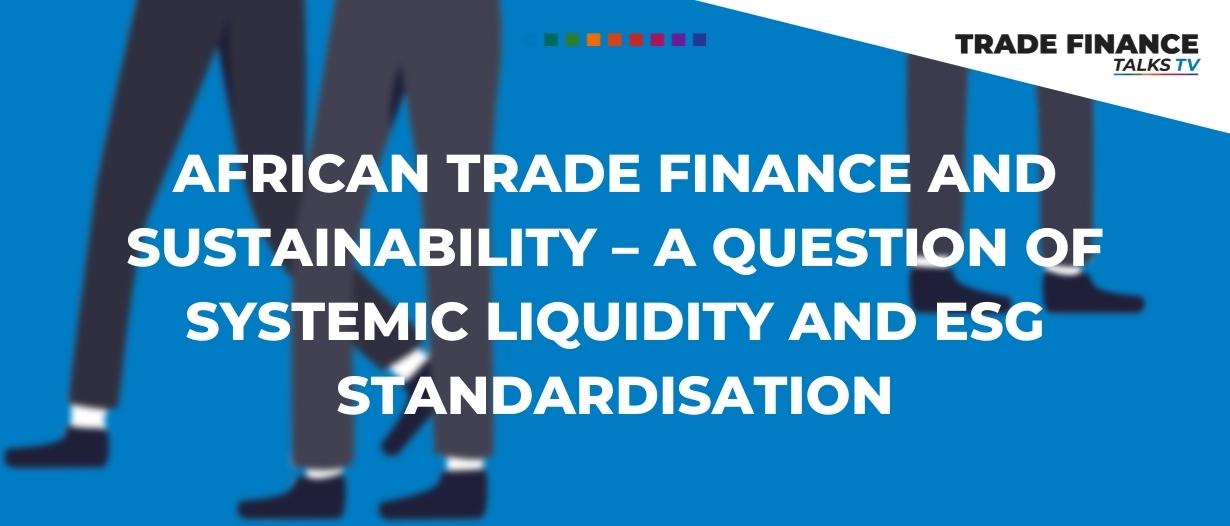This article is co-authored by George Wilson and Derryn Faure of Investec Bank Limited.
If you’re not at the table, you’re on the menu…
As global central banks hike rates to rein in inflation, and businesses battle with sourcing goods through choked supply chains exacerbated by the war in Ukraine and Chinese lockdowns, Africa finds itself with a growing problem–accessing US dollar liquidity.
Dollars have always been scarce and expensive for banks and businesses on the continent to obtain, and the Federal Reserve’s decision to proceed along the path of higher interest rates has made this worse.
The increase in global interest rates has resulted in an upsurge of emerging economies’ debt servicing costs, putting even more pressure on their critical US dollar liquidity.
Historically, emerging markets have had little in the way of a natural source of US dollars, relying on their exports to sustain central bank reserves and their much-scrutinised foreign exchange import cover.
Even in a commodity super-cycle, the balance of payments and trade illustrates that developing economies simply do not export enough in dollars to provide sufficient foreign exchange.
Adding to this, African economies tend to import the refined version of their exports and subsidies, with hedging and theft destroying expected windfalls.
The bloated cost of import cargoes puts even greater pressure on their reserves and currencies.
While these are familiar themes in a macroeconomic and almost theoretical sense, the impact is very real for the Small and Medium-sized Enterprises (SMEs) that provide the bulk of the employment and, hence, contribute to social stability and economic development.
To function at all, these businesses need access to trade credit and foreign exchange.
This would allow sellers to achieve the immediate payment they need and buyers to get the credit terms they require.
However, even under good circumstances, these businesses struggle to obtain credit from their local banks, who effectively provide all working capital and trade finance foreign exchange, and the liquidity that merchants need.
But these local banks themselves have limited access to dollars and excessive capital costs–largely due to the extraneous Basel regulatory capital and liquidity overheads making it hugely unprofitable for them.
These regulatory requirements were introduced to prevent another global financial crisis but have inadvertently undermined developing market transactional banking.
This was an unintended consequence, but global policymakers disregarded all the empirical data on trade finance default rates in favour of their familiar debt products and credit models.

The trade finance gap
Unfortunately, well-meaning Western bureaucrats have created the commercial ingredients for widening the African trade gap.
This is why it is imperative to acknowledge that developed markets’ global policies and regulations cannot simply be ‘handed down’ to developing economies, especially in light of the coming Environmental, Social and Governance (ESG) definitions, standardisations and taxonomies being created by developed economies.
How then can international agencies, banks and DFIs make a difference in helping close the trade finance gap?
Presently, development finance institutions DFIs and banks only refinance or guarantee large, long-dated and complex trade assets and require proof for each underlying trade.
This is impractical for emerging market SMEs, who are unable to provide the kind of sophisticated data reporting for developed market lenders.
The typical emerging market SME specialises in small, short-tenor trades, and working capital cash conversion cycles.
Their transactions are physical, manual, paper-based and financed by their lower-tier local banks, who only take domestically tangible, local currency security.
The currency for international trade is dollars.
It is the main medium of exchange for settling commodity and international transactions and the store of value for emerging market central banks.
With very few exceptions, any cross-border trading (like those spurred by the African Continental Free Trade Area [AfCFTA]) will be priced in dollars and this is the reason for the fixation on emerging countries’ import cover–defaulted or defaulting states such as Sri Lanka with its $1 million import cover simply cannot pay for critical food and fuel.
How to mobilise SME growth
Liquidity for those who need it most, and are best placed to use it to mobilise growth, must be the priority for the DFIs, banks and policymakers.
Creative and practical solutions need to be found. These may include; Afrexim’s innovative PAPSS system, AfCFTA’s initiatives, the use of structured letters of credit, and the digitisation of SME business.
All of these are laudable measures but face practical hurdles and will take some time to reach their full potential.
PAPSS is a real-time African trade payment settlement system that allows continental buyers and sellers to settle payments in their own currency, perhaps meaningfully reducing the critical dependency on dollars in AfCFTA trades.
However, the cost of dollar liquidity is only one input, exacerbating the trade gap and the sheer scale of pushing adoption down to lower-tier banks in all 55 African countries.
The AfCFTA’s reduction of intra-African tariffs will improve the economics of transactions for African traders who have successfully acquired trade facilities from their local banks.
Unfortunately, it does not address the root causes of the trade gap–it will not make SME trade profitable for lower-tier banks nor will it impel them to offer the missing trade facilities.

Structured letters of credit
Structured (or synthetic) letters of credit have huge potential to solve the liquidity problem for African institutions but might not reach their full potential due to PR problems.
Structured letters of credit are the only ‘home-grown’, trade-tenor, hard currency injection that can fund African banks’ un-refinanceable SME trade portfolios, as they require no detailed underlying substantiation.
African regional banks can use them as a source of trade liquidity to support trade flows in other countries without exhausting their home central banks’ foreign exchange reserves–they are an entirely novel, additional source of dollar liquidity.
But because of their undeserved reputation, they are very difficult to sell into the secondary market and some DFIs and insurers will not risk a share in them.
This ultimately means that discounting banks must hold them until maturity, stunting their beneficial scale.
Digitisation of trade
Digitisation of trade and fintech disruption is the next hot topic, which, unlike unsuccessful BPO and fragmented blockchain solutions, has made real advances as a result of the pandemic lockdowns.
While this may revolutionalise global trade and solve some of the big data problems of sustainability substantiation in the future, it is at least a decade away from the African SME trade market.
Importantly, there needs to be a recognition of the ways that emerging market SMEs already fulfil the conditions of many of the United Nations’ (UN’s) Sustainable Development Goals (SDGs).
As noted, the SME sector plays an important role in Africa, creating employment, feeding communities and preserving the very social fabric of their countries.
It is estimated that some 85% of the workforce in emerging markets is employed by SMEs, providing the kind of sustainable ‘circularity’ and compounding economic and development benefits sought after by ESG proponents.
Trade underpins this process, contributing 30% of GDP growth in emerging markets.
However, when it comes to SDGs, the focus in developed markets has been on climate change, often at the expense of other areas.
But this focus may be misdirected in Africa’s case, a continent that contributes only 2% toward global carbon emissions. In this way, it might be more prudent to prioritise social components.
It would be entirely feasible for global DFIs and banks to allow the developed world to view climate change as a developed market issue while concentrating on efforts of social upliftment in the SME sector; in other words, to recognise trade finance as sustainable in its very essence.
Frustratingly, vast pools of ESG-focused investors’ dollars are currently unavailable through non-emerging market policy makers’ sustainable finance frameworks, taxonomies and regulations.
As sustainable trade finance standards harden up in the West, without any African Trade Finance input, the UN SDGs seem increasingly unreachable for most on the continent.
About the authors

George Wilson qualified and practiced as a Common Law and Commercial Barrister in London for 4 years before moving in 2000 to in-house Legal and Compliance in CSFB and BarCap Investment Banking and Global Markets, London. In 2005, George began his career in emerging markets banking through the regulatory management of the acquisition of Absa Bank Limited by Barclays in South Africa before moving to Hong Kong and transferring to the Asian Credit Trading, Structuring and Special Situations businesses in UBS, Lehmans and Nomura, where he co-managed the largest ever, Asian Collateralized Loan Obligation. Moving back to South Africa 5 years later, George transitioned into Absa Capital FX Sales, then Transactional Banking Product and Trade Finance Sales to eventually become Head of Barclays Africa (then Absa) Institutional Trade. George recently transferred with his team to Investec South Africa to head up Institutional Trade Finance and initiate Trade Finance for the bank. George specialises in innovative, short-term Trade financing solutions for Emerging Markets Financial Institutions and their clients through collateral, DFI and Credit risk mitigation techniques to resolve the African SME Trade funding gap, hard currency liquidity and trade regulatory capital returns challenges.

Derryn Faure is a dual qualified English and South African lawyer, having extensive experience as a banking/trade lawyer both in private practice law firms, as well as financial institutions in the United Kingdom and South Africa.
Trade transactions in emerging markets are Derryn’s key area of expertise. With her in-depth legal knowledge and acute understanding of the nuances of emerging market trade finance, she is skilled at structuring and executing complex trade transactions, as well as being responsible for risk distribution as part of her portfolio management responsibilities.
Read the latest issue of Trade Finance Talks, July 2022






























